听力原文:M: The primary objective of financial reporting is to provide information useful for making investment and lending decisions.
W: The information must be relevant, reliable, and comparable.
Q: What is the primary objective of financial reporting?
(15)
A.To make investment.
B.To record data.
C.To provide useful information.
D.To understand some basic accounting principles.
第1题:
● Project life cycles are very useful for _____ and _____ .
A Configuration management, termination
B Objective setting, information gathering
C Standardization, control
D Configuration management, weekly status updates
E Approval, termination
第2题:
The tone of the author in reporting the joint press conference this Monday is _____.
[A] astonished
[B] enthusiastic
[C] disappointed
[D] objective
本题考查推理引申。第二段最后一句是对周一记者招待会的具体报导。作者在正文中是直接引用会议中两方的声明,而为了说明真实情况保持客观性,作者在括号中用了一系列表程度的词加以限制,所以[D]项正确。全文作者只是在客观地介绍一种现象,没有表现出其他项所说的“惊讶”、“热情”或“失望”。
第3题:
Project life cycles are very useful for _____ and _____ .
A.Configuration management, termination
B.Objective setting, information gathering
C.Standardization, control
D.Configuration management, weekly status updates
E.Approval, termination
第4题:
(b) Discuss how management’s judgement and the financial reporting infrastructure of a country can have a
significant impact on financial statements prepared under IFRS. (6 marks)
Appropriateness and quality of discussion. (2 marks)
第5题:
5 Financial statements have seen an increasing move towards the use of fair values in accounting. Advocates of ‘fair
value accounting’ believe that fair value is the most relevant measure for financial reporting whilst others believe that
historical cost provides a more useful measure.
Issues have been raised over the reliability and measurement of fair values, and over the nature of the current level
of disclosure in financial statements in this area.
Required:
(a) Discuss the problems associated with the reliability and measurement of fair values and the nature of any
additional disclosures which may be required if fair value accounting is to be used exclusively in corporate
reporting. (13 marks)
第6题:
此题为判断题(对,错)。
第7题:
(b) Prepare a consolidated balance sheet as at 31 October 2005 for the Lateral Group in accordance with
International Financial Reporting Standards. (21 marks)

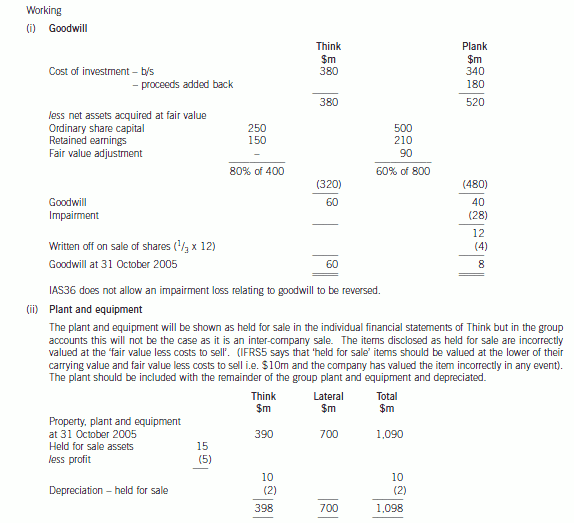
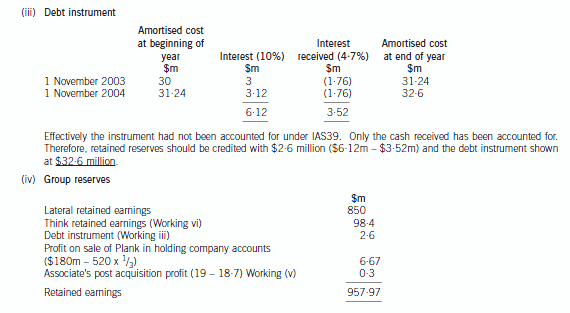
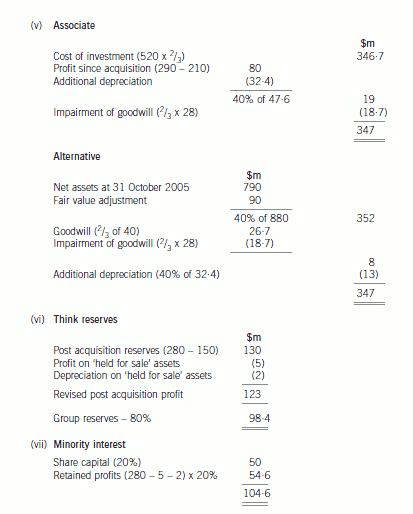
第8题:
147 Project life cycles are very useful for _____ and _____ .
A. Configuration management, termination
B. Objective setting, information gathering
C. Standardization, control
D. Configuration management, weekly status updates
E. Approval, termination
第9题:
(b) Prepare a consolidated statement of financial position of the Ribby Group at 31 May 2008 in accordance
with International Financial Reporting Standards. (35 marks)




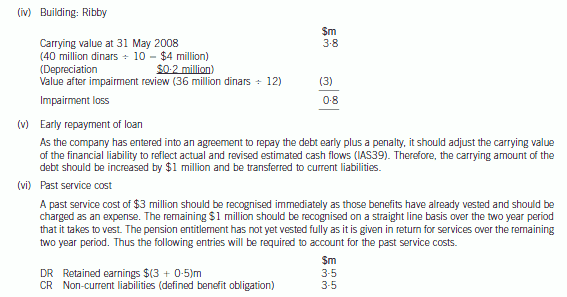
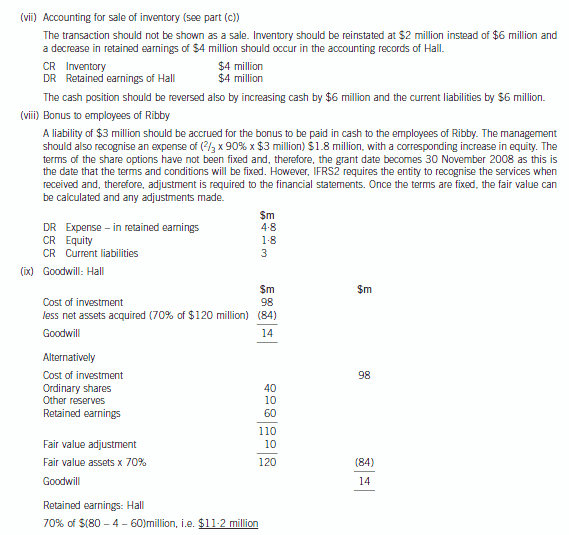


第10题:
(b) The Sarbanes-Oxley Act contains provisions for the attestation (verification) and reporting to shareholders of
internal controls over financial reporting.
Required:
Describe the typical contents of an external report on internal controls. (8 marks)